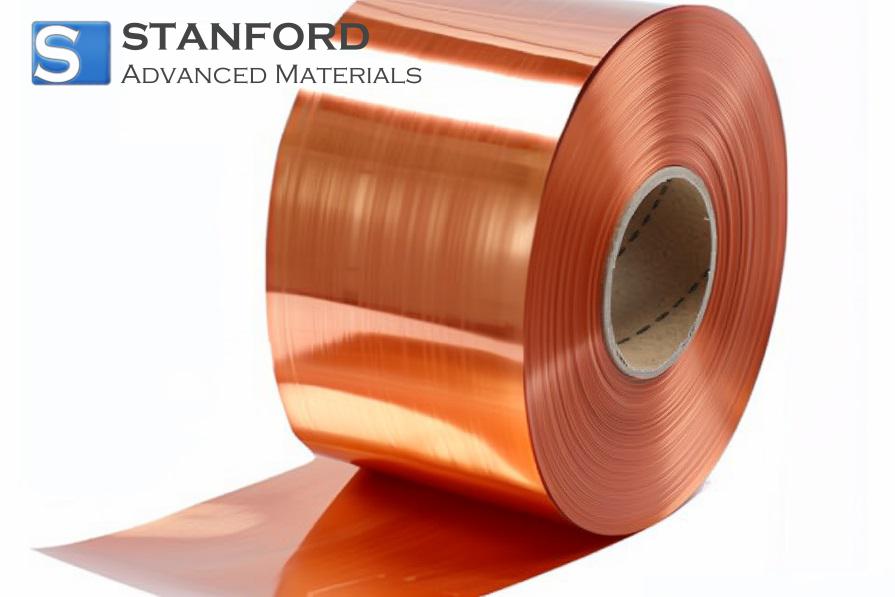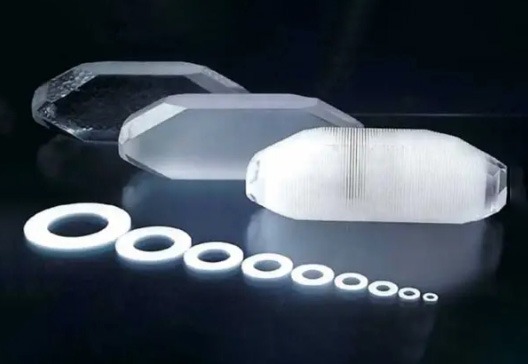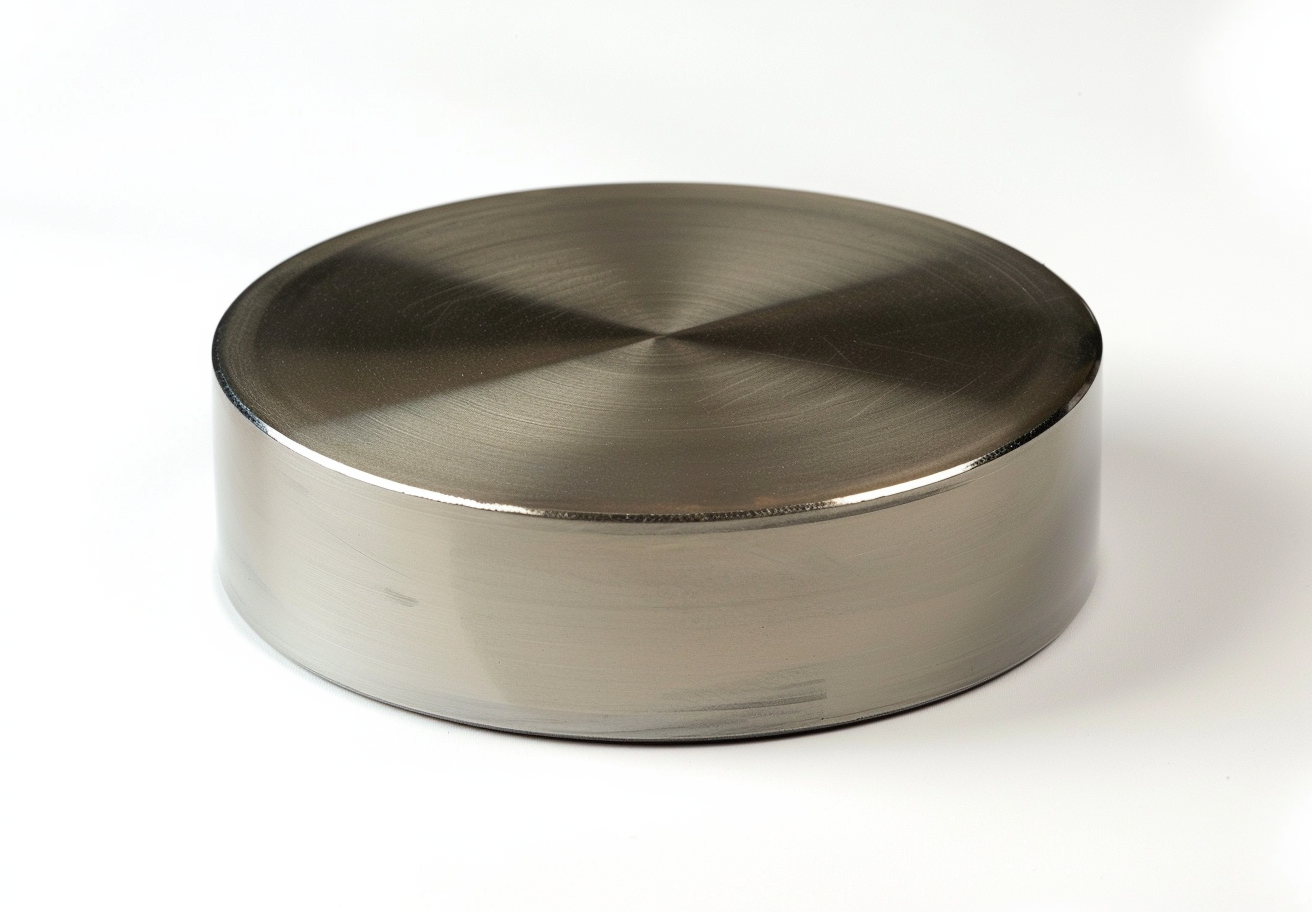Commercialization Of Liquid Metal Battery Underway
The utilisation of renewable energy is expected to be the future of sustainable energy sources, and consequently, investments in more reliable energy sources have increased. Ambri has planned to introduce a large-scale liquid metal battery system for grid-scale energy storage. This system intends to enable the integration of renewable energy sources such as solar and wind. Nuvation Engineering, an established company that develops electronic products, supported Ambri in developing, adapting and scaling the battery management system. The aim was to reduce electricity prices and improve system reliability.
The liquid metal battery is a technology that provides additional solutions. Compared with other energy storage technologies currently under development, it is commercially available. Don Sadoway, Professor of Materials Science at MIT, invented the core technology for the liquid metal battery. The Professor used a process called Reversible Ambipolar Electrolysis. He was inspired by progress in modern electrometallurgy and by advantages in aluminium smelting and scale. Since then, he has received funding from various organisations including MIT, Bill Gates, Toatal and Khosla Ventures. The battery offers defined applications for electrical energy systems, including the integration of renewable resources, the enhancement of reliability and cost reduction.
Ambri engaged Nuvation for product development when the process had reached the stage of constructing and operating larger systems. This progress required practical testing of a similar battery management system in the field. Nuvation provided Ambri with engineering expertise, specialised BMS knowledge and electronic design. Nuvation applied a systematic approach and the necessary experience in the development of a liquid metal battery, particularly for BMS requirements. The project depended on a strategic alliance between partners. Nuvation supplied a BMS that combined diagnostic functions with standard monitoring, thereby offering a standard BMS option. This standard BMS is flexible enough to examine several configuration options and cell interactions.
According to Ambri, the development cells have achieved a DC/DC efficiency of 80% at a 5‑hour charge/discharge rate. They have also reached an AC/AC efficiency between 70% and 75%. The battery is composed of several naturally occurring materials. It is intended to provide cost‑effective power solutions for areas with inconsistent electricity supply, given that wind and solar energy are available. The company is currently developing a facility that produces 20 kWh. By 2015, the production capacity will increase to 35 kWh. Ambri plans to build a facility with a capacity of 200 kWh per cubic metre in the future.

 Bars
Bars
 Beads & Spheres
Beads & Spheres
 Bolts & Nuts
Bolts & Nuts
 Crucibles
Crucibles
 Discs
Discs
 Fibers & Fabrics
Fibers & Fabrics
 Films
Films
 Flake
Flake
 Foams
Foams
 Foil
Foil
 Granules
Granules
 Honeycombs
Honeycombs
 Ink
Ink
 Laminate
Laminate
 Lumps
Lumps
 Meshes
Meshes
 Metallised Film
Metallised Film
 Plate
Plate
 Powders
Powders
 Rod
Rod
 Sheets
Sheets
 Single Crystals
Single Crystals
 Sputtering Target
Sputtering Target
 Tubes
Tubes
 Washer
Washer
 Wires
Wires
 Converters & Calculators
Converters & Calculators
 Write for Us
Write for Us

 Chin Trento
Chin Trento



